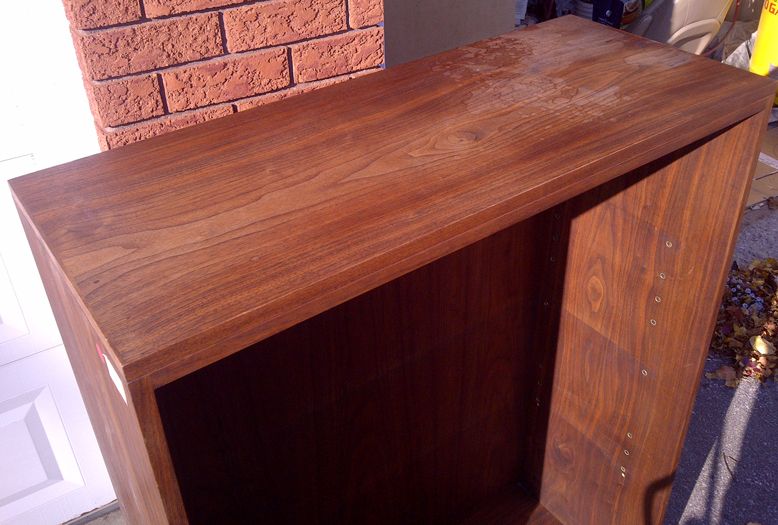Q.
I'm looking for methods of rubbing out the final coat of water-borne lacquer. The methods used on solvent-based finishes do not work well at all.
The amount of cure time varies by the brand, but in general you should wait at two or three days, longer if possible. I usually try to wait a week before rubbing out the finish. The longer you can wait the better.
Also, it is a good idea to avoid premixed rubbing compounds. These may have solvents (like mineral spirits) that could soften the finish as you rub. A soft finish cannot be rubbed to a high shine. Although this may not be a problem with all pastes and finishes, to avoid potential difficulties I always use pumice and rottenstone.
If you want to achieve a really high-gloss finish, you will probably need to sand the final coat a bit more than you would with solvent-based finishes. For example, when rubbing out nitrocellulose lacquer, I usually wet sand to 600 or 800 grit before switching to rubbing compounds. With a water-based product, I sand to at least 1000 grit and often go to 1200 or even 1500 before starting with pumice and rottenstone.
Rubbing a water-based product to a really high-gloss shine takes a bit more time and effort than it would with a solvent-based product, but it can be done.
Consult with your lacquer supplier.
